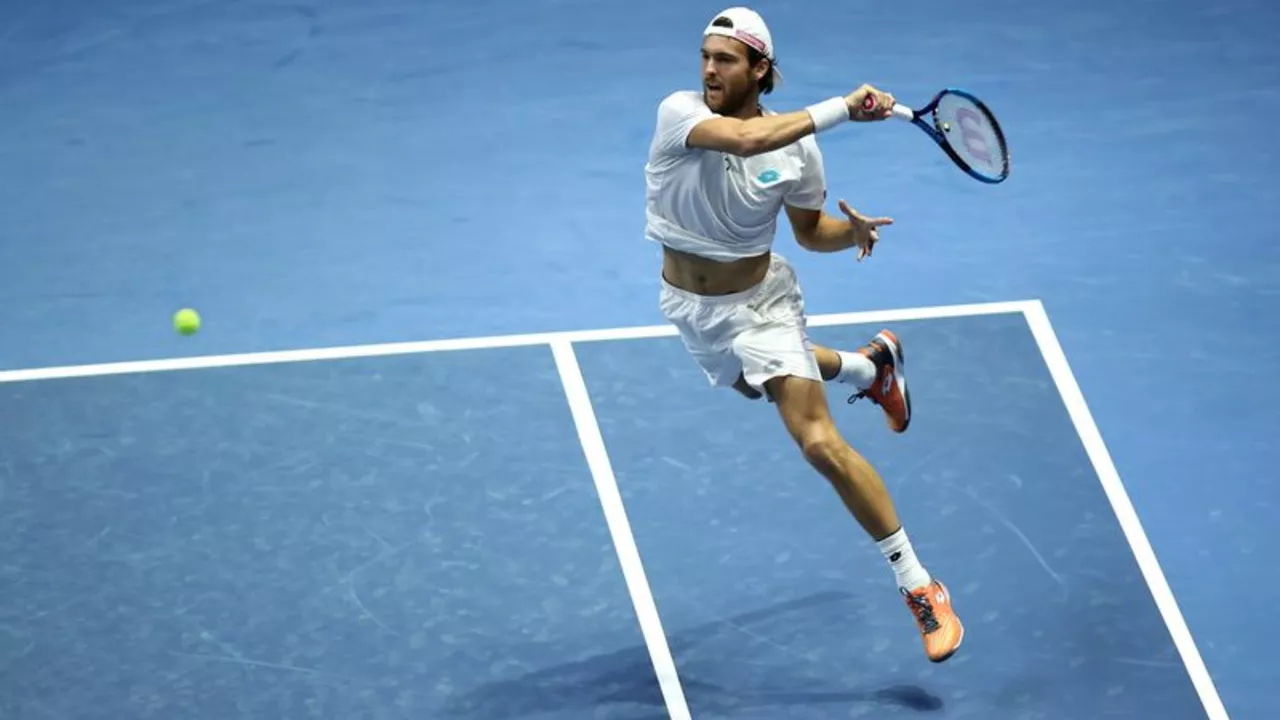Is tradition holding back tennis?

The Allure of Tradition in Tennis
If there's one sporting world that embodies the phrase "the more things change, the more they stay the same," it's tennis. Tennis prides itself on its long-held standards, proven protocols and prestigious traditions. It's a sport that respects the past while constantly progressing into the future. But there's a thought - one that's been looming around tennis court corners, whispered among the players, and discussed among fans - is tradition holding back tennis?
Now, when I say 'tradition,' I don't mean just the Wimbledon's strawberries and cream or the All England Club's strict dress code. I'm talking about rigid aspects that have been kept unchanged for centuries. The scoring system, the court's structure, even the number of sets - they all have their roots steeply engraved in tradition.
It's intriguing, isn't it? Tradition, so often associated with honor, prestige, and nostalgia, might be acting as an obstruction? Could it be, just maybe, that tradition in this ultra-modern sport is a weight on our shoulders, rather than a star on our chest?
The Dance with Change
Tennis, at its very core, grants a dazzling display of athletic prowess, and it justifies its status as one of the favorite sports worldwide. As the times are changing, so are the audience’s preferences, and it raises the question if the traditional structure is apt to serve the evolving expectations.
Take, for instance, the classic scoring system of tennis. Honestly, it's a peculiar one: Points are counted as 15, 30, and 40 – not a usual or very intuitive way to keep the score. The origins of this unique scoring system trace back to medieval France, and though the English adopted it, even they seem to be a little confused by it. The quirky scoring system gives tennis its characteristic charm, but it's indeed a complexity for beginners or casual watchers. Shake your head all you want, I’ve seen people struggling with it at the public parks.
In fact, I once tried to explain the scoring to a friend at a local park. Despite my best attempts using everything from the pie chart to Venn diagram, she ended up raising her hands and pursuing her routine jog. Stories like this do make one ponder, would a simple 1,2,3,4 scoring system make the game more accessible and enjoyable for the inexperienced?
Clashing with Commercialism
Tradition and commercial interests have often found themselves on opposite sides of the court, and this isn't coming from a void. The classic five-set format of men's singles games at Grand Slams provides an example of tradition potentially impeding progress. Each set can take up to or even more than an hour, bringing these thrilling matches up to four or five hours long. It is perhaps unappealing for broadcasters and advertisers, a significant source of revenue in today's sports world.
Picture yourself as an executive on Television. For five long hours, you’re walking on the tight rope between broadcasting tennis matches and commercials. That's nearly the same time a typical viewer would use to watch a mini-series. Time is a luxury not everyone can afford, the attention span of typical viewers is not what it used to be, and there is a plethora of entertainment options vying for it. Would a shorter format, like the three-set matches we see in other tournaments, generate more viewer interest and commercial opportunities?
Finding the Balance
Don't get me wrong. I am a tennis enthusiast, have been since I was a child, and the traditions of the game are alluring. I also understand that tradition forms an integral part of tennis's identity and provides continuity. It reminds us of where we come from and why the sport has such an esteemed place in our hearts.
However, to keep tennis buzzing in the zeitgeist requires a delicate balance. While recognizing and preserving the game's history, tennis must not avoid evaluating and evolving its traditional practices that might no longer serve both the game and its audience effectively.
How do we achieve that? That'll take thinkers wiser than me to figure out. But it’s important we start asking ourselves the right questions before we're pinned on the back foot. So let's pick our tennis gear, head down to our local park, and start the conversation. After all, we're all part of this beautiful game!

Write a comment